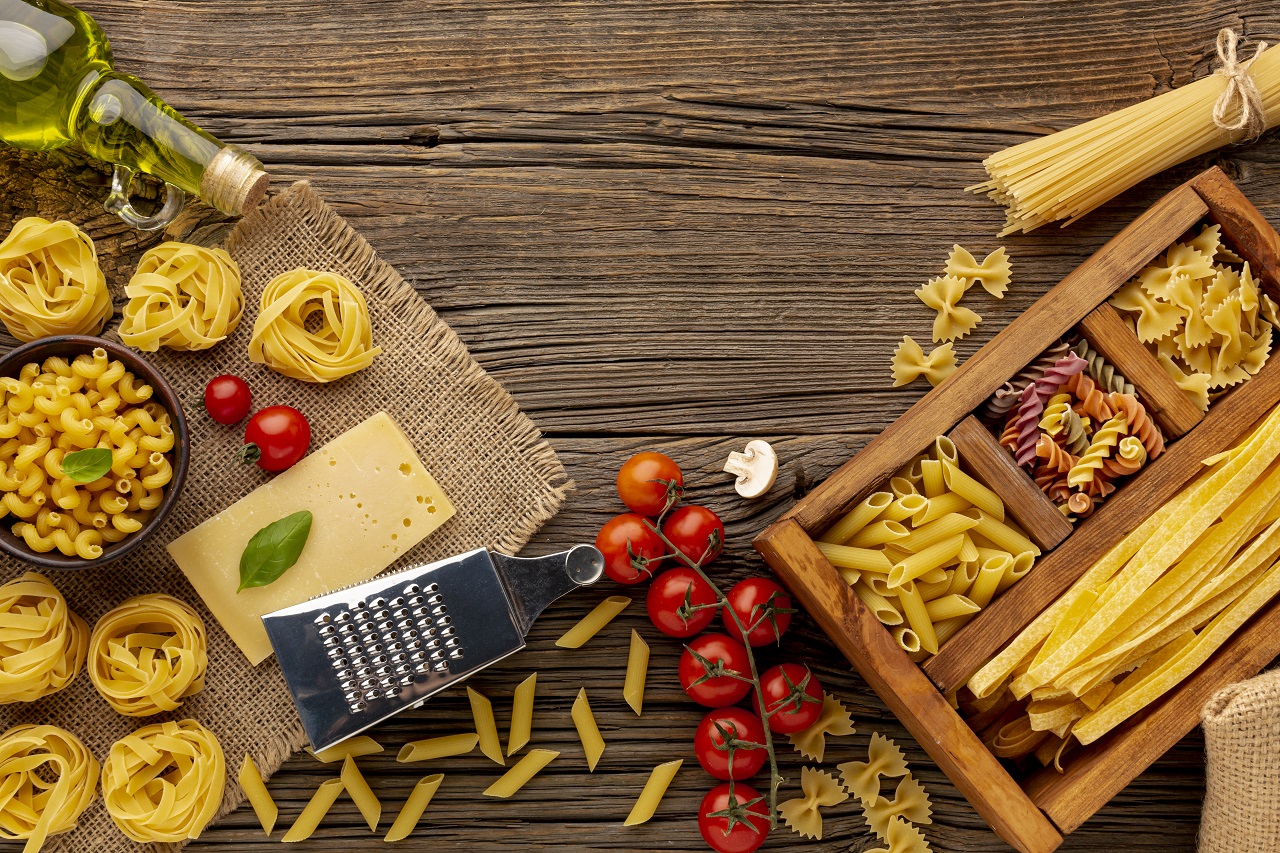
If you’ve just begun trekking, training for long distance running, cycling, mountain climbing or even if you have been doing it for a while, you have definitely come across the term ‘Carb Loading’. You might have a lot of questions pertaining to who, what, why, when, where and how you should be doing carb loading, also known as ‘Super Compensation’.
What Is Carb Loading?
Carb Loading is a strategy (yes you may call it a strategy) that involves changes to training and nutrition which can maximize muscle glycogen stores prior to an endurance competition like the GOQii Trail Challenge. It also means reducing training load and resting the muscles to allow them to become completely loaded with glycogen. Let me highlight resting, which means involving in low to moderate intensity exercise which is as important as eating.
Who Should Do It?
Carbohydrates are considered the primary fuel for any physical activity. Our body usually has enough carb stores to utilize for short term exercises. So for short term exercises or workout sessions, you don’t need to carb load as the body’s usual carbohydrate stores are adequate.
However, when it comes to engaging in long, intense athletic events, your body needs extra energy to keep going. So basically, anyone exercising continuously for 90 minutes or longer, is likely to benefit from Carb Loading. Sports such as cycling, marathon running, longer distance triathlon, endurance swimming and so on, require carb loading so that the athletes can pull through the event with sustained energy and minimal fatigue.
Normal muscle glycogen stores are usually in the range of 100-120 mmol/kg ww (wet weight) and it is expected to reach up to 150-200 mmol/kg/ww with proper carb loading. This extra supply of carbohydrate dramatically improves endurance of athletes. So yes it’s quite a fact that it works!
How Should You Do It?
Trust me it’s simple, since it’s all about carbs and rest!
- 3-4 days prior to the event, shoot up your carbohydrate intake to about 10-12 grams per kilogram of your body weight
- Reduce your training sessions
- And most importantly, rest completely the day before your big event
Basically, 3-4 days of exercise taper while following a high carb diet, means you have successfully managed to elevate muscle glycogen levels.
What Should You Eat?
You should opt for simple carb-rich foods like white rice, oatmeal, bread, pancakes, bagels, whole wheat bread and pastas, rotis, broken wheat like daliya, potatoes, peanut butter, dosas, idlis, fish, chicken, rajma, and chickpeas. You can also opt for hummus as it is a super power food. Yoghurt is a great option too. Try to drink fruit juices instead of whole fruit during carb loading for best results.
Choose foods that are low in fiber and easily digestible
Also, avoid high fat foods like cheese, butter, ghee, fried food or processed food to compensate for the extra carbohydrate-rich foods. Since your body requires more oxygen to your cells, too much of fat, like cheese, may actually slow u down as it makes the body acidic which hinders the oxygen supply to your cells.
Common Mistakes Made While Carb Loading
Carb loading requires an exercise taper. If u don’t rest, then it won’t turn out well. In order to consume the necessary amount of carbohydrate, it is necessary to cut back on fiber and make use of compact sources of carbohydrate, such as sugar, cordial, jam, honey, jelly, and tinned fruit. High fiber foods may be too bulky to consume at times.
Carb loading will most likely cause body mass to increase by approximately 2 kg. This extra weight is due to extra muscle glycogen and water. For some athletes, a fear of weight gain may prevent them from carb loading adequately.
Consuming too much high fat foods will make it difficult to consume sufficient carbohydrate. It may result in gaining body fat. The bottom line is to eat to high-carb, low fat foods while carbohydrate loading!
We hope this article helps you practice carb loading effectively for your next athletic or endurance event. Do let us know your thoughts in the comments below.
If you want to know more about carb loading, need guidance or if you wish to train for an athletic or endurance event, speak to an expert by subscribing for GOQii’s Personalised Health Coaching here: https://goqiiapp.page.link/bsr
For more articles on fitness and nutrition, check out Healthy Reads.
#BeTheForce



